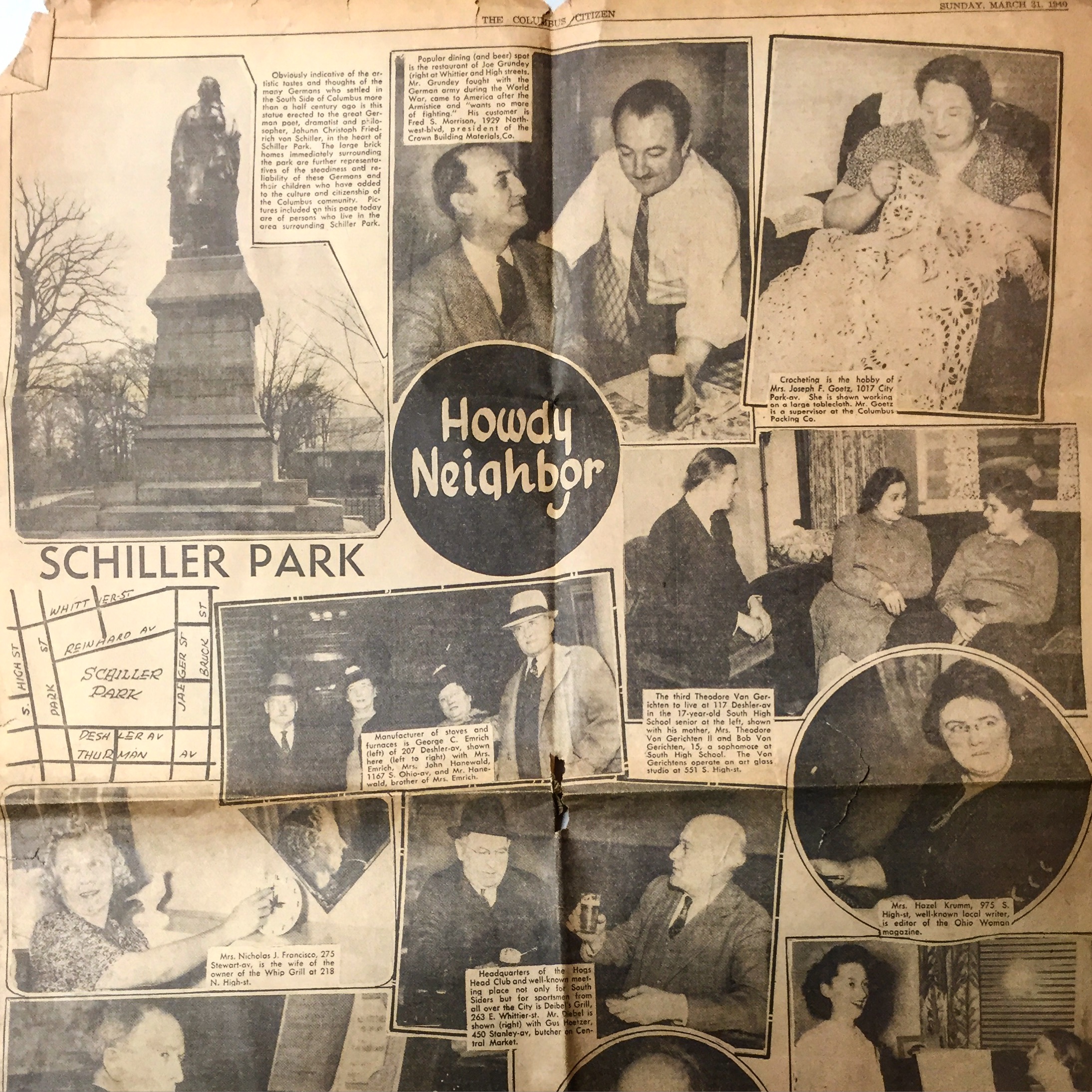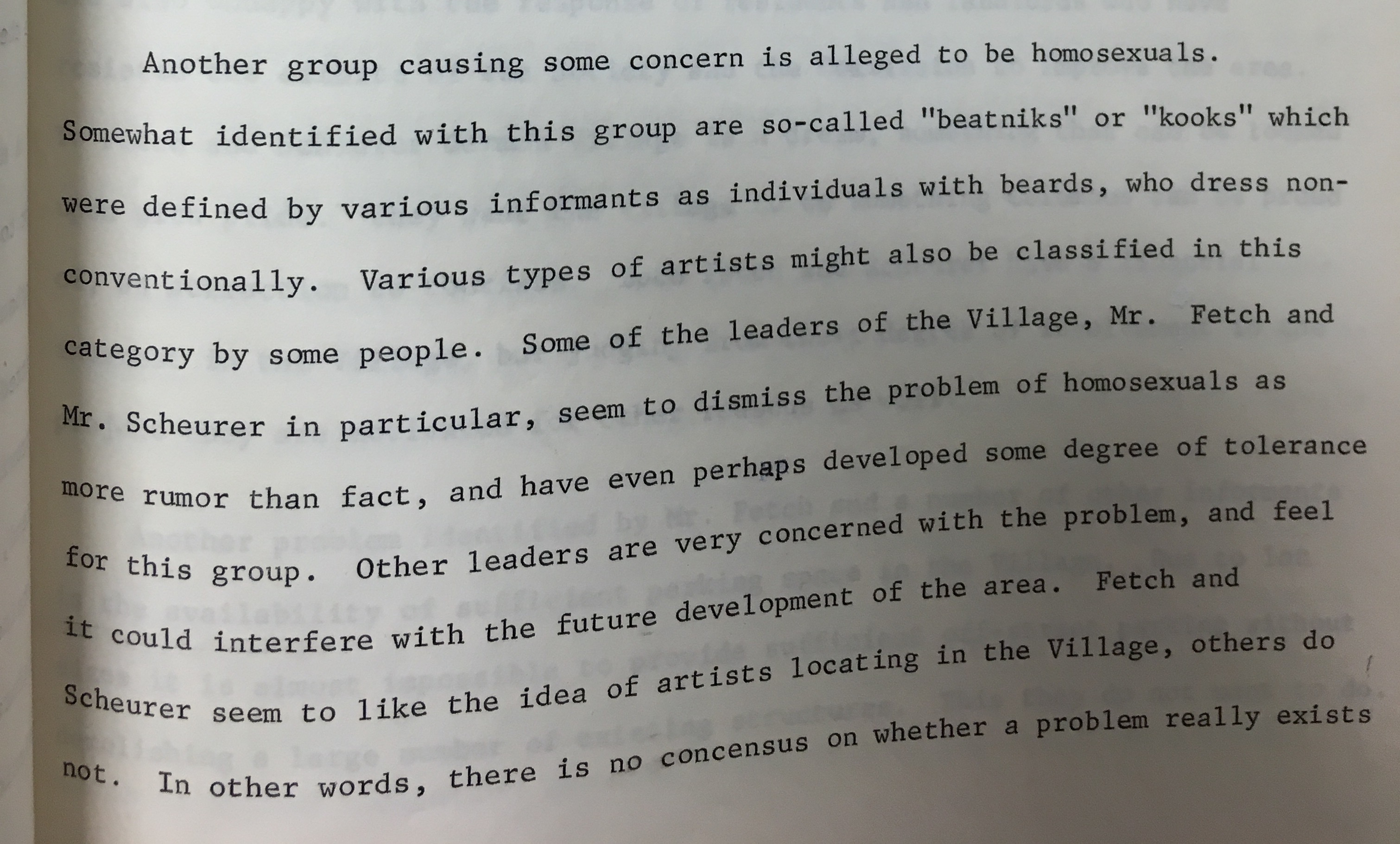
Telling The Whole Story
History is evolving. Prior to the mid 1900s, minority history was not considered relevant. History of LGBTQ individuals only began to be preserved and interpreted in the very recent past. The German Village historic district, in Columbus, Ohio, is one of the oldest historic districts in the country. When the area became a historic district, it was in the process of undergoing slum clearance (with the construction of I-70/71) and many of the homes had been condemned by the city. People saw potential in the area, and began to invest in the small immigrant cottages, fighting against further demolition. Many of the people that initially took a chance on the neighborhood were gay men.
Designing Local team member, Sarah Marsom, worked with the German Village Society to develop an LGBTQ heritage initiative and ensure these men would not be forgotten. Some of the preservation leaders are still alive and living in the Columbus area. It was important to collect their stories to help shape the heritage initiative. We learned about preservation efforts in the 1960s and what it was like to be gay in Columbus. Stories were revealed involving the Berwick Ball (a formal ball where it was safe to wear drag), quilts made to help support each other during the 1980s AIDS crisis and techniques to hide their sexuality to prevent workplace discrimination. Utilizing their first hand accounts, and research, Marsom created a guided walking tour and worked with Clark Creative to develop a mini-documentary.
History is broader than stories of our founding fathers. There are individuals, groups and events whose histories are yet to be recorded. Each of these stories help shape our community and help determine where we can go in the future.

